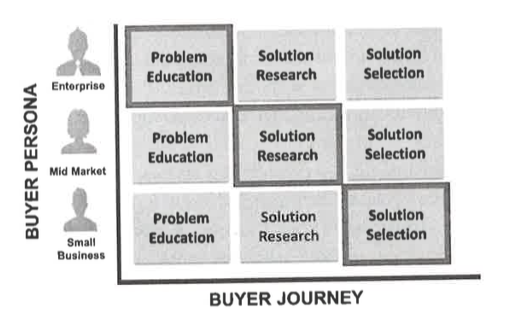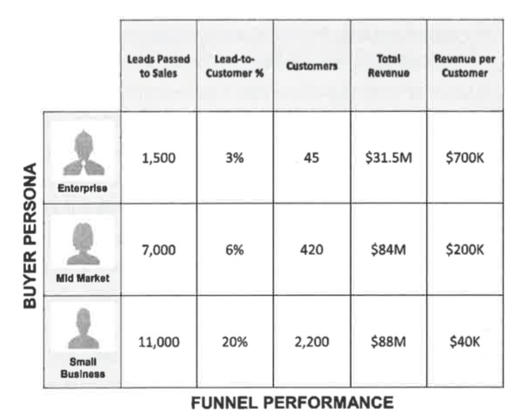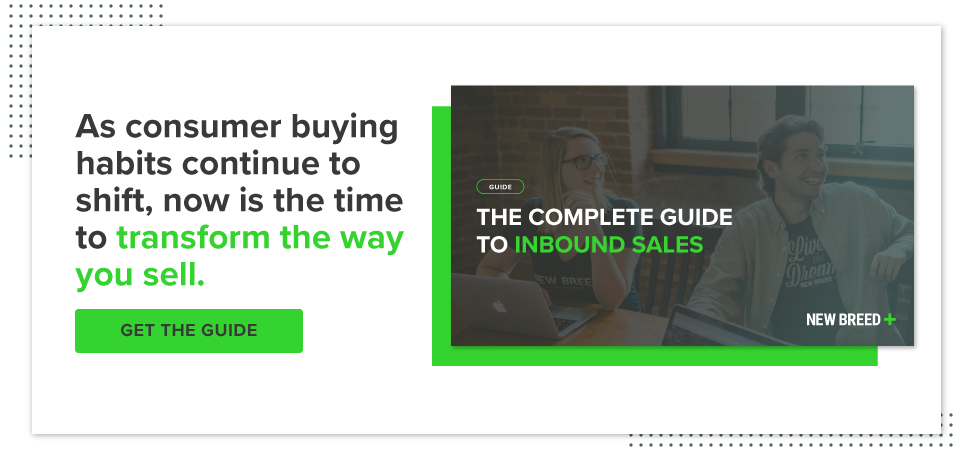Lessons from "The Sales Acceleration Formula" by Mark Roberge
If you haven't had the chance yet, I highly recommend you read "The Sales Acceleration Formula: Using Data, Technology, and Inbound Selling to go from $0 to $100 Million" by Mark Roberge, HubSpot's vice president of sales. It provides an incredible look behind the scenes of the disciplined and data-driven approach HubSpot used to build its sales engine and align that department with marketing, allowing it to scale from startup to IPO with a market cap of more than $1 billion.
In today's post I wanted to share with you a few of my biggest takeaways, which can be applied to any business:
- From the beginning, HubSpot was very keen in measuring everything against its KPIs and making data-driven decisions as needed.
- This strategy was ingrained into the company's culture, from reps entering call notes to management making decisions regarding sales compensation.
Takeaways from "The Sales Acceleration Formula"
The role of the buyer persona/buyer's journey matrix and pipeline marketing:
Determining when to hand off inbound leads to sales reps is a critical step in the success of any inbound marketing plan. Many companies, New Breed included, rely on lead scoring to help define this process. However, Roberge has presented an intriguing and different model that he and Mike Volpe used at HubSpot. They called it a buyer persona/buyer's journey matrix, which illustrated the different personas and stages of the buyer's journey. The example Roberge used looked like this:

With this detailed understanding of the buyer's journey a prospect would move through before purchasing HubSpot, Roberge was then able to correlate the value of each lead. He considered its persona and stage of the buyer's journey to determine potential revenue and make the most educated decision possible as to when to pass that lead to sales, like this:

With this model established, HubSpot was able to pass a certain perceived dollar value of leads to the sales team each month, instead of just a number of marketing qualified leads. Over time, using microsegmentation experiments, HubSpot was able to optimize this model continually. In turn, it could ensure that prospects made it to sales at just the right time in their buyer's journey in a way that would best align with HubSpot's growth goals.
Not only is this a great way to approach lead scoring, but it also epitomizes the pipeline-marketing methodology that HubSpot used to grow its business. By holding marketing accountable to the same metric (revenue), instead of lead or MQL velocity, it ensures that everyone is on the same page and that marketing is responsible for reporting on total direct MRR pipeline. We can even see this in action in this presentation from Mike Volpe:
The effectiveness of sales contests:
Any sales manager will agree when you say that increasing rep productivity will help boost close rates, but only the best know how to make that a reality with the buy-in of the reps themselves. As HubSpot grew, Roberge was able to use contests time and again to solve specific barriers his team had come up against and increase performance across the board.
Sales contests are an effective tool to drive short-term behaviors and build team culture within the sales organization - @markroberge 
HubSpot would run sales contests on nearly a monthly basis to help solve challenges, such as desired-behavior enforcement, to meet short-term goals and build team culture.
Roberge breaks down the effectiveness of the contests into these six steps:
- Align the contest with a short-term behavior change desired for the majority of the team
- Make the contest team-based
- Make the prize team-based
- Send out the updated contest standings every night
- Choose the timeframe wisely
- Avoid contest fever
The value of role-playing in sales
Ride-along sales has long been used as a new-rep training tactic, where a rep will shadow a top sales performer. However, Roberge moved away from this for a few key reasons:
- Unable to scale effectively
- Unable to prevent new hires from being a distraction to top performers
- Unable to quantify program success
- Unable to audit and improve it
A 'ride-along' sales strategy is neither scalable nor predictable - @markroberge 
So instead, HubSpot deployed a role-play-based sales-training program with a developed curriculum based on actual sales situations and environments. The training program also included tests and certifications that help identify areas of strength and weakness. These evaluations are then passed off to the sales manager, who uses them to develop personalized professional-development programs.
In doing this, Roberge was confident he could enable every new rep to succeed using the techniques that were his or her greatest strengths, while also providing a clear road map for improvement and development.
New hire & rep onboarding
In what Daniel Pink described in "To Sell is Human" as the age of information parity between the sales rep and the prospect, it is incredibly important that the sales rep truly understand the solution he or she is responsible for selling. Roberge described this skill:
"The salesperson should understand the buyers' goals and how his own solution can help achieve these goals."
To account for this, HubSpot implemented a strict training program that would force its sales staff to experience the day-to-day jobs of its customers. New hires, in their first weeks at HubSpot, would go through a program where they would be responsible for creating their own website, content and social-media presence.
SMART experiments
Roberge described HubSpot's sales innovation as one that was "bottom-up," where some of the greatest ideas came from employees on the front line as opposed to the executive team. When these ideas surfaced and the sales organization scaled, it became important to test these ideas on a small scale before they were rolled out to the entire team.
To ensure the success of these experiments Roberge put a process in place to ensure a clear goal was defined going in and the output could be clearly quantified to define success or failure. There were a few key tactics that made this possible for HubSpot at scale:
- Clearly and quantitatively define success or failure upfront
- Look at the minimum investment in to test hypothesis to get to a true negative
- Find the lowest cost—shortest path to experimentation is critical
- Take the top people and then test from there
It's fascinating that this model that Roberge used to grow the HubSpot sales team is so similar to what we've come to know as growth hacking in the marketing word today, where high-tempo, data-driven testing is the cornerstone of growth.
Evolving sales-compensation programs
The sales compensation plan is a key tool for sales leaders to drive business strategy. However, not many sales leaders evolve their sales-compensation plan over the lifetime of the business to help shape behavior and align with business goals. That is exactly what HubSpot did.
As HubSpot grew, the compensation plan evolved from one that encouraged hunting when it was very young (<100 customers). The plan evolved—as the company grew—to encourage retention and to maximize customer lifetime value, which was critical to the long-term success of the business.
"The Sales Acceleration Formula" is a must-read for startup founders and sales leaders alike. Though this post covers some of the greatest lessons I learned at a glance, it is full of actionable practices that can be applied to any business. I highly recommend you pick up a copy.
Photo credit: Board Studios
Have you had a chance to read the book? What did you think? Let us know in the comments below.
Patrick Biddiscombe
Patrick Biddiscombe is the CEO of New Breed. He also spearheads our Revenue department and his background and skills in sales and inbound strategy has contributed immensely to the success of New Breed and our customers' growth.





